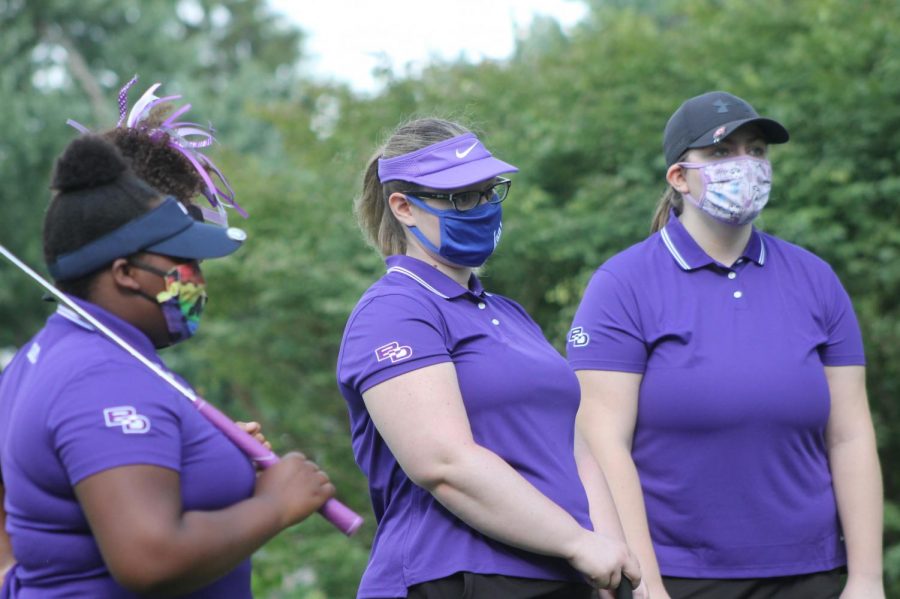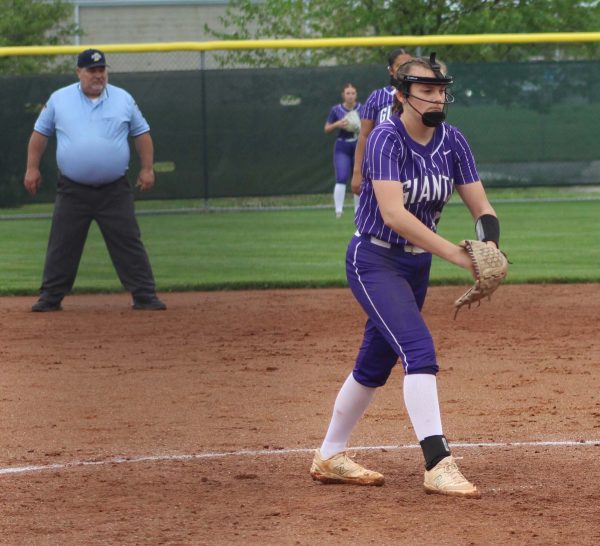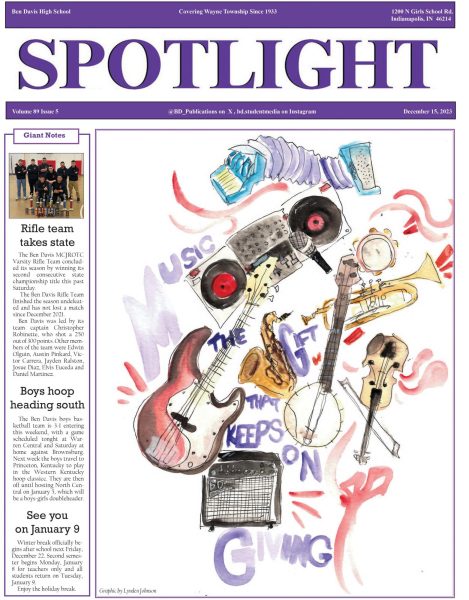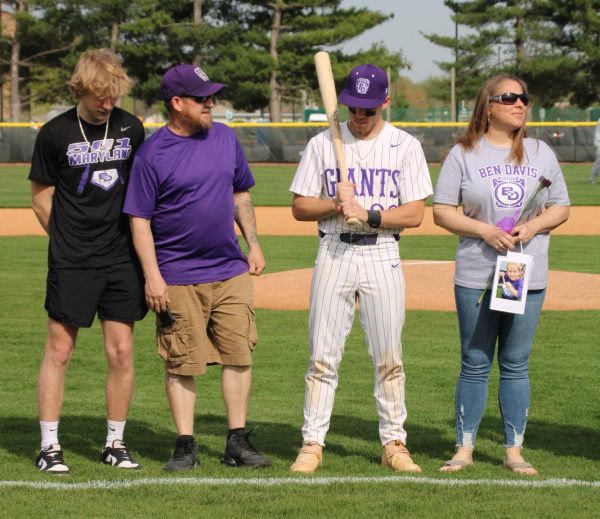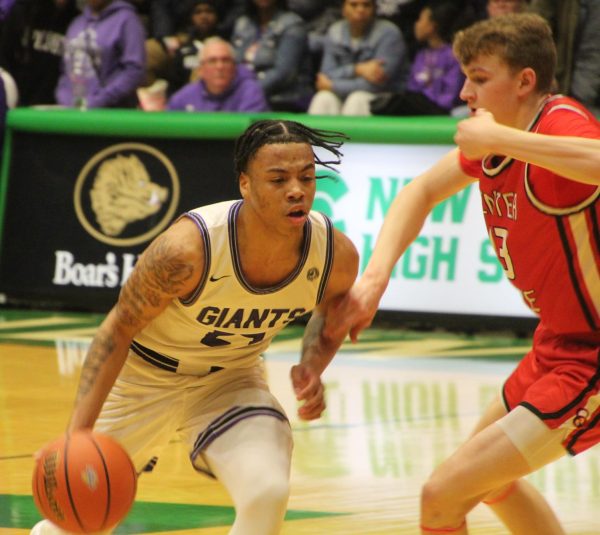What is the best kind of mask?
Members of the girls golf team protect themselves with clothe masks before the first meet of the season.
September 8, 2020
Researchers from Duke University have tested the effectiveness of 14 different types of coronavirus masks to determine which ones are more effective on blocking droplets that travel during normal speech.
They used a laser beam, a lens that turned a laser beam into a sheet of light, and a mirror that directed light into a dark box made of cardboard. They spoke the same phrases into a box, with and without a mask. The particles that hit the lense produced visible flashes recorded by a phone’s camera on the other end of the box.
According to the results of the experiment, fitted n95, surgical, cotton/poly, polypro, swath, two-layer pleated 5, two-layer pleated 2, valved n95, olson style, maxima at, one-layered pleated, two-layered pleated 3, knitted, and bandanas have a less droplet count than not wearing a mask while neck gaiters are worse than not wearing one.
Researchers recommend to wear masks with thick layers, no valves, and have more than one layer. Valves don’t compromise the wearer’s protection, but it does decrease protection from other individuals nearby, Single layer masks, such as the pleated mask, performed poorly. The World Health Organization recommends that fabric masks must have three layers: an inner layer that absorbs, a middle layer that can be a filter, and an outer layer made from nonabsorbent material. Thin layers also perform poorly and seeing the light through a mask is a really bad sign.
The best mask to wear is n95 while the worst mask to wear is a neck gaiter. N95 masks without exhalation valves are the most effective masks for protection because they fit people well, lack air gaps, voids, and they don’t have valves that exhale air in the environment. However, the CDC asks the general public not to wear n95 respirators because they need to be reserved to medical professionals and they’re limited in supply.
Neck gaiters are worse than not wearing a mask because they have porous fabric that breaks larger particles into smaller ones, which remains in the air longer than larger droplets. They also have thin layers, which don’t do lots of protection whatsoever. Thin layers don’t protect other people surrounding the wearer.
The best masks for individuals who aren’t medical professionals are cotton-polypropylene-cotton masks because they have two layers of protection that reduce coughing and sneezing droplets.


